What's Adobo Sauce? A Flavor-Packed Journey Across Continents
If you've ever tasted a smoky, tangy, slightly sweet, and mildly spicy condiment that makes your taste buds do the salsa, you might’ve just met adobo sauce. But what exactly is this saucy superstar, and why does it pop up in cuisines across the globe?
Table of Contents
- What Is Adobo Sauce, Anyway?
- Global Roots of Adobo: From Spain to the Philippines and Beyond
- The Spice Lineup: What Makes Adobo So Addictive
- Beyond Marination: Creative Ways to Use Adobo Sauce
- Homemade vs. Store-Bought: Which One Wins the Flavor War?
- Heat Level Hacks: How to Tweak the Fire
- Pairing Pro Tips: What Goes Best with Adobo?
- Cultural Significance & Modern Revival
- Final Thoughts: Is Adobo Worth the Buzz?
What Is Adobo Sauce, Anyway?

In its most basic form, adobo sauce is a tangy, slightly sweet, and often spicy sauce made from vinegar, garlic, salt, and various spices. It’s commonly used as both a marinade and a finishing sauce in many global cuisines.
But here's where things get interesting: “adobo” isn’t just one thing. Depending on where you are in the world, it can refer to:
- A Mexican chili-based sauce (often used in canned chipotle peppers)
- A Filipino cooking method using vinegar, soy sauce, and spices
- A Spanish seasoning blend rooted in Moorish culinary traditions
Global Roots of Adobo: From Spain to the Philippines and Beyond
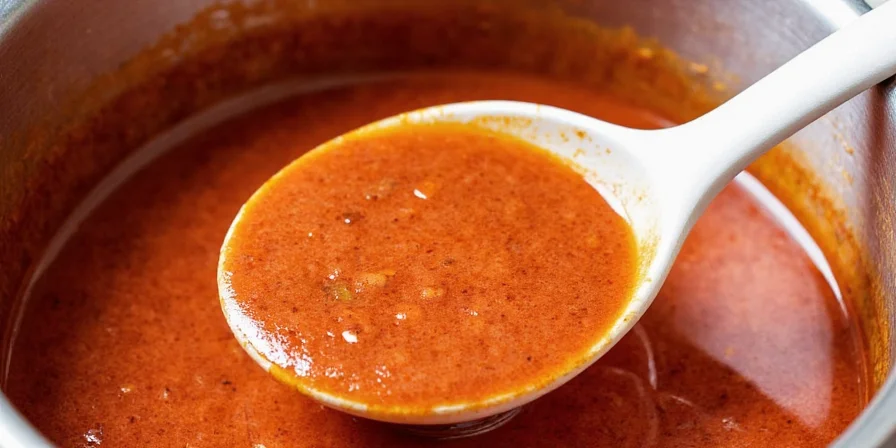
The word “adobo” comes from the Spanish verb adobar, which means “to marinate.” Spanish colonizers spread their use of vinegar-based marinades around the globe, but each region put its own twist on the flavor profile.
| Region | Main Ingredients | Flavor Profile | Common Use |
|---|---|---|---|
| Mexico | Vinegar, chili peppers, garlic, oregano | Smoky, Tangy, Spicy | Marinating meats or adding heat to tacos |
| Philippines | Vinegar, soy sauce, garlic, peppercorns | Savory, Salty-Sweet, Mildly Spicy | Cooking technique for meats and seafood |
| Spain | Vinegar, paprika, garlic, herbs | Tangy, Herbaceous, Smoky | Preserving fish and meats |
The Spice Lineup: What Makes Adobo So Addictive

Let’s break down the common ingredients in traditional adobo sauce recipes. While regional variations change things up, there are a few consistent players:
- Vinegar – The backbone of any adobo sauce. Balances sweetness, adds acidity, and acts as a natural preservative.
- Garlic – Adds depth and aroma. Think of it as the sauce’s soul.
- Chili Peppers – In Mexico, chipotle (smoked jalapeño) or ancho (dried poblano) bring the heat and smokiness.
- Herbs & Spices – Oregano, paprika, cumin, cloves, bay leaves — these add complexity and warmth.
- Some Sweetness – Brown sugar, molasses, or honey often sneak into modern recipes for balance.
Beyond Marination: Creative Ways to Use Adobo Sauce
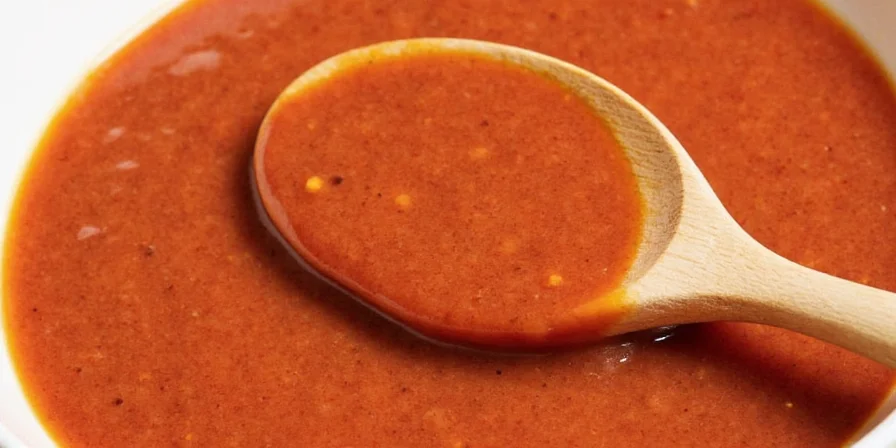
Adobo isn’t just for marinading anymore! Here are five clever ways to spice up your meals with this bold sauce:
- Glazing grilled meat or veggies – Brush onto grilled items during the last few minutes for a glossy, flavorful finish.
- Stir-fry boost – Mix into stir-fries or grain bowls for instant umami and zing.
- Dip base – Whisk into mayo or sour cream for a zesty dipping sauce for fries or roasted vegetables.
- Spice up rice or beans – Stir a spoonful into cooked grains or legumes for extra depth.
- BBQ sauce remix – Blend with ketchup and brown sugar for a smoky, Latin-inspired BBQ twist.
Homemade vs. Store-Bought: Which One Wins the Flavor War?
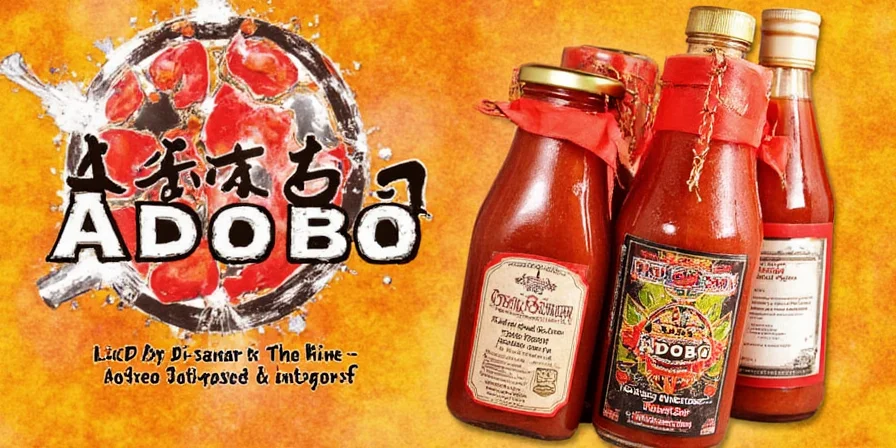
You don’t need to spend hours to make good adobo, but the difference between homemade and store-bought can be night and day.
| Factor | Homemade Adobo | Store-Bought Adobo |
|---|---|---|
| Control Over Ingredients | ✅ Full control | ❌ Limited flexibility |
| Flavor Depth | ⭐ Richer and customizable | ⭐ Good, but more generic |
| Time Investment | 🕒 10–15 mins prep + simmering | ⏱️ Instant access |
| Shelf Life | 📅 7–10 days refrigerated | 📦 6+ months unopened |
Pro tip: Make a big batch and freeze portions in ice cube trays for easy, future flavor bombs!
Heat Level Hacks: How to Tweak the Fire

Want your adobo mild enough for kids or fiery enough to challenge a fire-eater? Here’s how to play with the heat:
- Mild & Mellow: Use less chili or remove seeds and membranes from fresh peppers.
- Medium Kick: Keep the seeds in milder peppers like guajillo or pasilla.
- Hot & Smoky: Add chipotle, habanero, or ghost pepper for serious fire.
- Cool it down: Stir in a splash of lime juice or coconut milk to balance out the spice.
Pairing Pro Tips: What Goes Best with Adobo?

Adobo plays well with many foods, but here are some perfect pairings that take flavor to the next level:
- Pork – Classic combo, especially slow-cooked or grilled.
- Chicken – Whether baked, fried, or grilled, chicken loves adobo love.
- Fish – Light white fish gets a smoky upgrade when glazed with adobo before grilling.
- Plant-Based Proteins – Try it on tofu, tempeh, or portobello mushrooms.
- Rice & Beans – Drizzle over black beans or arroz con pollo for a flavor shortcut.
Cultural Significance & Modern Revival
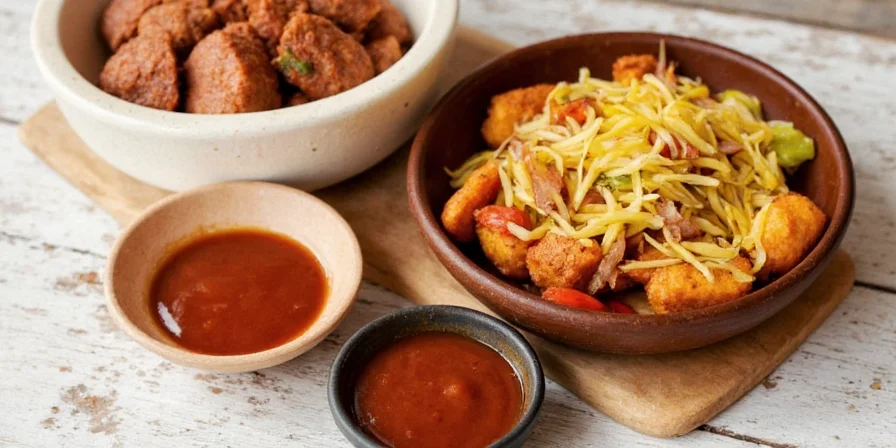
From Filipino adobo de leche (slow-cooked pork in vinegar and soy sauce) to Mexican chipotle-in-adobo sauces lining grocery shelves worldwide, this sauce has stood the test of time.
Why has adobo remained so popular?
- Historical preservation techniques – Before refrigeration, vinegar-based sauces were essential for keeping meats safe.
- Balanced flavor – Sour, salty, spicy, sweet, and savory all in one bite? Yes, please.
- Adaptability – Easy to customize based on available ingredients and local tastes.
Final Thoughts: Is Adobo Worth the Buzz?

If you're someone who loves experimenting with global flavors without needing a passport, adobo sauce should definitely earn a permanent spot in your kitchen. Whether you buy it or make it yourself, the flavor punch it delivers is unmatched.
So go ahead—get saucy, embrace the spice, and let adobo turn every meal into a mini celebration of flavor. Your taste buds will thank you.

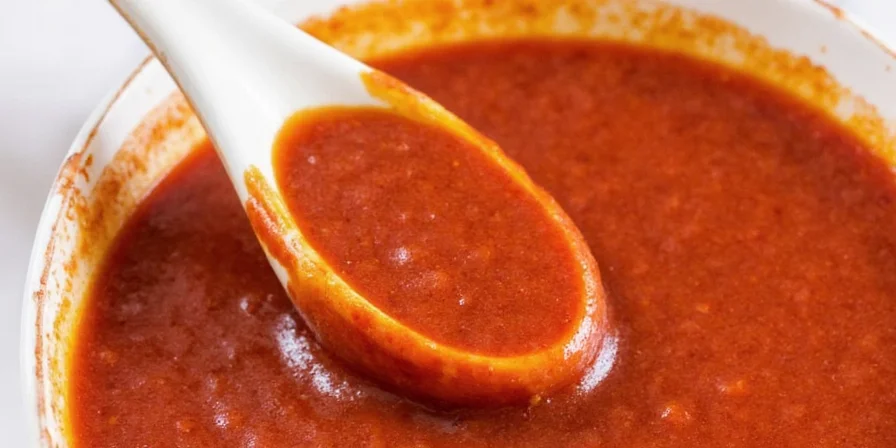









 浙公网安备
33010002000092号
浙公网安备
33010002000092号 浙B2-20120091-4
浙B2-20120091-4